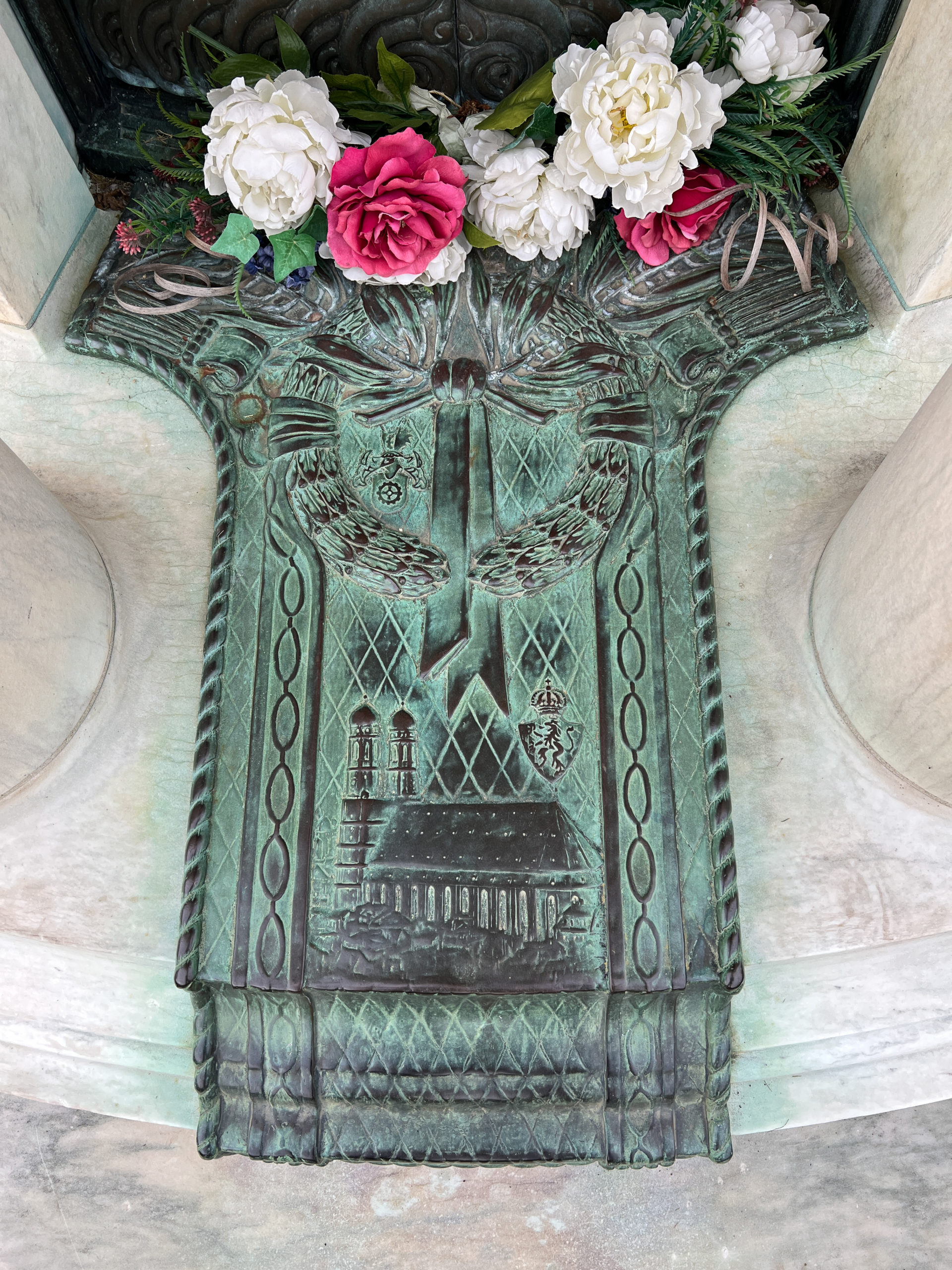Louis Schwitzer
Louis Schwitzer
(1880-1967)
 Louis Schwitzer, an immigrant from Bielitz, Austria-Hungary, entered racing history on August 19, 1909. The Indianapolis Motor Speedway was having its first auto race, a five-mile dash, twice around the oval. Schwitzer was one of just five drivers. He took the lead after the first mile and held on to win by 150 feet with an average speed of 57.43 mph and became the winner of the “Indianapolis 5.” He also started a few other races in 1909 and 1910 and drove relief laps for driver Harry Cobe in the first Indianapolis 500 in 1911.
Louis Schwitzer, an immigrant from Bielitz, Austria-Hungary, entered racing history on August 19, 1909. The Indianapolis Motor Speedway was having its first auto race, a five-mile dash, twice around the oval. Schwitzer was one of just five drivers. He took the lead after the first mile and held on to win by 150 feet with an average speed of 57.43 mph and became the winner of the “Indianapolis 5.” He also started a few other races in 1909 and 1910 and drove relief laps for driver Harry Cobe in the first Indianapolis 500 in 1911.

Schwitzer’s education in Austria was in electrical and mechanical engineering, and when he arrived in the United States around the turn of the century, he worked primarily for automobile manufacturers as a chief engineer and not as a driver. A meeting with Howard Marmon while working as an engineer brought him to Indianapolis. Here he designed the engine for the Marmon Yellow Jacket that Ray Harroun drove to victory in the first Indianapolis 500.
Schwitzer continued his engineering work after World War I and started his own business manufacturing cooling fans. His water pumps, oil pumps, and cooling fans were standard on almost every type of combat vehicle in World War II. After the war ended, Schwitzer redesigned his supercharger of the 1920s into a more efficient turbocharger.
To celebrate the legacy of his engineering prowess and because he served on the IMS Technical Committee from 1912 to 1945, the “Louis Schwitzer Award for Innovation” is given as a part of the annual 500 Festival. Schwitzer himself was inducted into the Automotive Hall of Fame in 1970.
Louis Schwitzer is #58 on our self-guided Racing Legends Tour and is included in our Racing Legends Tour App to be released on June 26.
Location: Section 61, Lot 3; GPS (39.8195114, -86.1772829)

